If you’re heading to Sumba, the first thing to do is let go of any expectations shaped by Bali. Sumba is a world apart—fewer services, higher prices, and limited options. It’s not polished, and it’s definitely not built for mass tourism.
But that’s exactly what makes it special.
On Sumba, you won’t find crowds. In fact, if 15–20 tourists arrive on the island in a day—half of them foreigners—that’s considered a busy day. Yet, what Sumba lacks in convenience, it more than makes up for in authenticity. You might find yourself completely alone on some of the most breathtaking beaches you’ve ever seen. Even the island’s most "popular" spots see visitors only once a day, if that.
This is travel at its rawest and most real—untouched, unfiltered, and unforgettable.
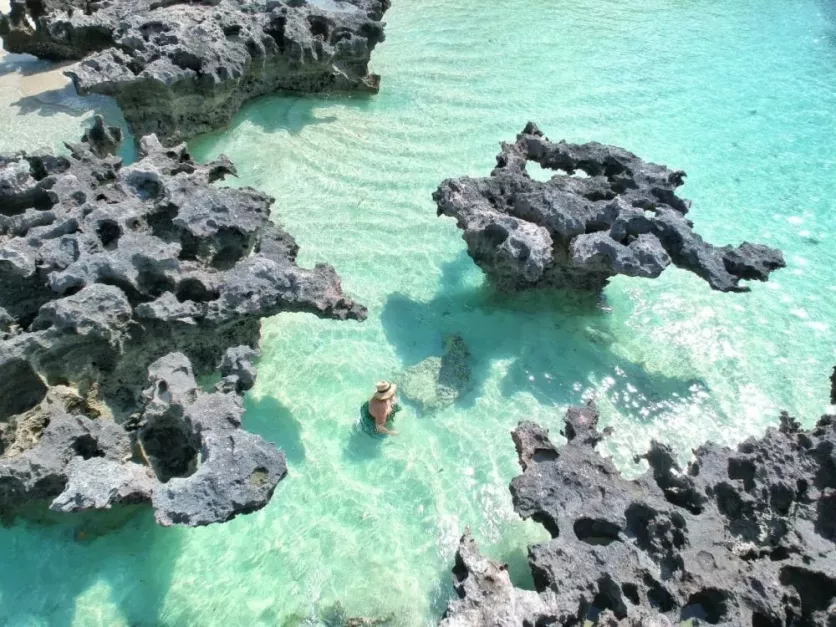
What to do in Sumba
Sumba draws a particular kind of traveler—surfers, adventurers, photographers, ethnographers, and waterfall chasers—those seeking something wild, raw, and untouched by mass tourism. It's a destination for those tired of the usual stops in Indonesia and craving something real.
- Surfing is concentrated on the west coast, where the waves are strong and consistent.
- Snorkeling is best on the east coast, with clear waters and vibrant marine life.
- Waterfalls are scattered across the island—there are dozens, and more are discovered (or made accessible) almost every month. That said, many are challenging to reach, and calling the access paths “roads” is often generous.
- The rolling hills of eastern Sumba offer sweeping views that change dramatically with the seasons—golden and dry in the summer, lush and green during the rainy months, but always stunning.
- You’ll find pristine, empty beaches on both coasts—ideal for solitude, reflection, or simply soaking in the untouched beauty.
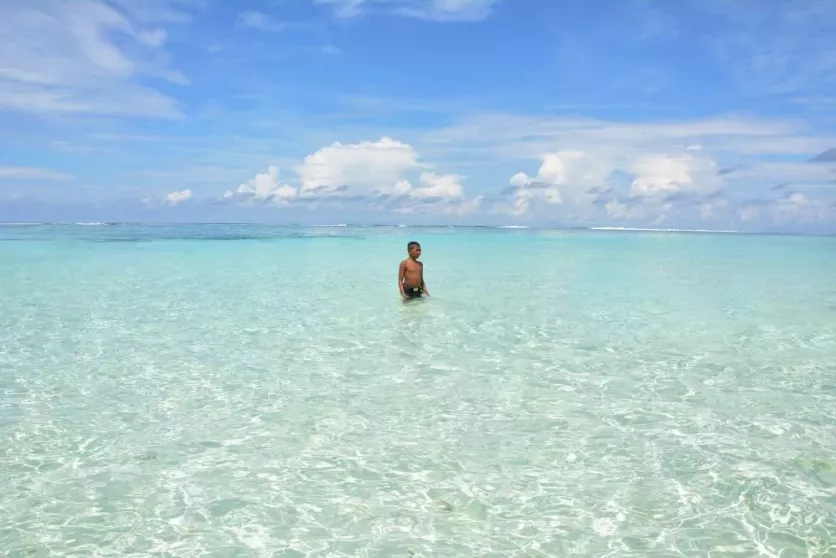
Sumba’s cultural landscape is just as rich:
- The traditional villages are primarily located in the west, while royal tombs can be found in the east.
- The island’s famous ikat textiles also differ by region. In the east, you’ll find intricate patterns dyed with natural materials—these pieces often end up in museums and international exhibitions. In the west, the designs are simpler but still traditionally crafted, with some even making their way into IKEA Indonesia.
- For those drawn to spiritual and cultural experiences, the west side is where you’ll encounter shamans, ancient rituals, and the island’s famous ceremonies like Pasola and Wula Podu.
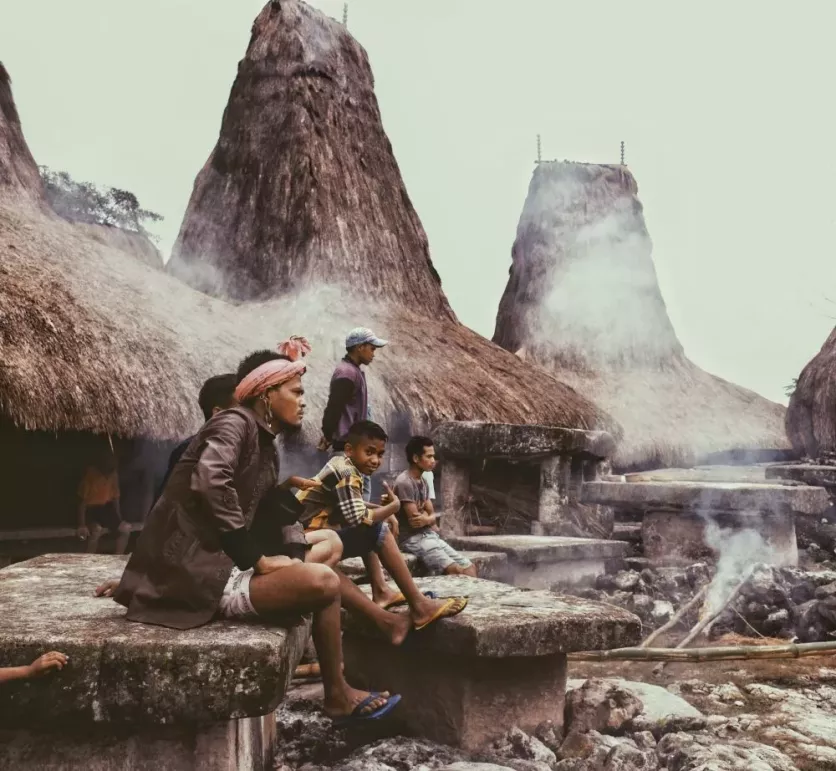
As someone who’s lived on Sumba for many years, here’s the simplest way to break it down:
- West Sumba is all about surfing, beaches, and rich cultural traditions.
- East Sumba offers snorkeling, rolling hills, and the intricate craft of ikat weaving.
And a quick reality check—especially for bloggers and Instagram dreamers:
Those famous horses running along the beach? They belong to NIHI Resort, along with the beach itself. It's private property. That means you can’t just show up to see them—not even for a few minutes, and not even if you’re willing to pay.
If you want the full experience, you'll need to book a room at NIHI—starting at $1,200 per night. Even then, access to the beach is limited, as there are no public roads leading to it—not even a workaround.
How to get to Sumba
The only reliable way to reach Sumba is by plane,
either from Bali or Kupang.
While various travelers have tried reaching the
island by ferry over the years, none have had consistent success.
Ferries don’t run on fixed schedules, and there’s usually a long queue of
trucks waiting to board. That said, if you’re traveling with a motorbike
instead of a car, you might have better luck. There is a ferry route from Lombok
to Waingapu, but flexibility and patience are essential.
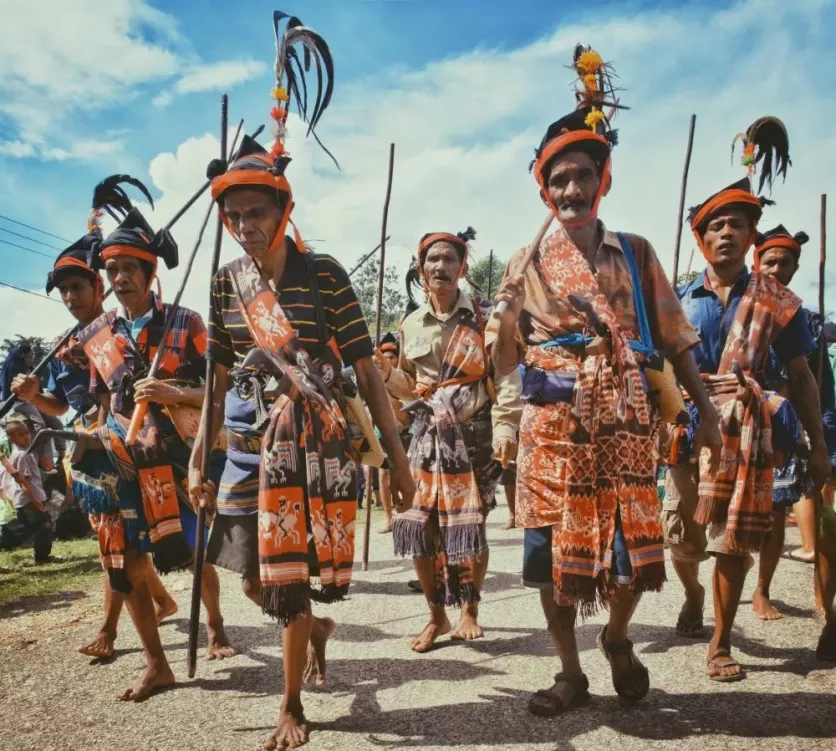
Sumba has two airports, one on each end of
the island:
- West Sumba – Tambolaka Airport (Tambolaka City): There are three daily flights from Bali, operated by Wings Air and Citilink (about 1.5 hours), and Nam Air (1 hour). The easiest way to book is through Traveloka, a reliable local booking site. Current ticket prices are around 1.1 million rupiah (one-way).
- East Sumba – Waingapu Airport (Waingapu City) - officially Umbu Mehang Kunda Airport serves the eastern part of Sumba. While it underwent renovations in recent years, it is now fully operational as of 2024. There is at least one daily direct flight from Bali, typically operated by Wings Air, with flight time around 1 hour and 15 minutes. Prices for a one-way ticket can range from 1.3 to 2 million IDR, depending on the season and how early you book.
For a more convenient and curated experience,
consider traveling with MyBaliTrips, a company offering four-day
tours that cover highlights of both the western and eastern parts of
the island.
Western Sumba
The western side of Sumba is divided into two
distinct regions: Kodi and Lamboya.
Kodi
Kodi is the poorest and most remote area of
the island—and also one of the most culturally unique. While you may hear
unsettling stories about the region, experiences vary and largely depend on
your mindset and energy. It helps to stay alert, respectful, and open-minded—and
perhaps not too easily spooked.
Despite its reputation, Kodi is home to:
- The most iconic traditional village on the island, known for its towering thatched roofs and ocean views
- A stunning turquoise lagoon
- Secluded white sand beaches
Lamboya
This is the greenest and most developed
region of West Sumba—and also where I live. Lamboya is known for:
- The best hotels on the island
- Well-maintained roads
- Excellent surf beaches
- A mix of authentic villages, waterfalls, caves, and white sand beaches
Getting Around
Motorbike
Rental
You might find people offering motorbike rentals at
the airport, but it’s not guaranteed. It’s easier to rent from hotels in
town—expect to pay around 150,000 IDR per day, usually with a passport
copy as a deposit.
Car
Rental with Driver
Hiring a car with a local driver typically costs
between 700,000 to 900,000 IDR per day, plus meals for the driver.
Car rentals can be hard to find, especially on short notice. In East Sumba, Sumba
Rent Car offers jeeps with rooftop tents—rates vary.
Transfers to Lamboya hotels cost around 700,000–800,000 IDR.
Most local drivers do not speak English, so some basic Bahasa Indonesia
or translation apps can be helpful.
Where to Eat
Tambolaka
- Makan Dulu – Arguably the best restaurant in town. It serves Indonesian cuisine in a charming setting, with good service and a bar.
- Gula Garam – The island’s first restaurant, offering pizza, European dishes, and a French tarte tatin (the owner is French). While the food is tasty, be cautious—both I and some of my guests have experienced food poisoning here.
Waikabubak
In both towns, you’ll find small warungs
offering Masakan Padang (pre-cooked Indonesian food—tasty and filling),
as well as some new bakeries serving local baked goods.
⚠️ Important: Around the beach areas, there
are no food vendors. No coffee, no instant noodles, not even bakso
(Indonesian meatball soup). Be sure to bring your own food and drinks.
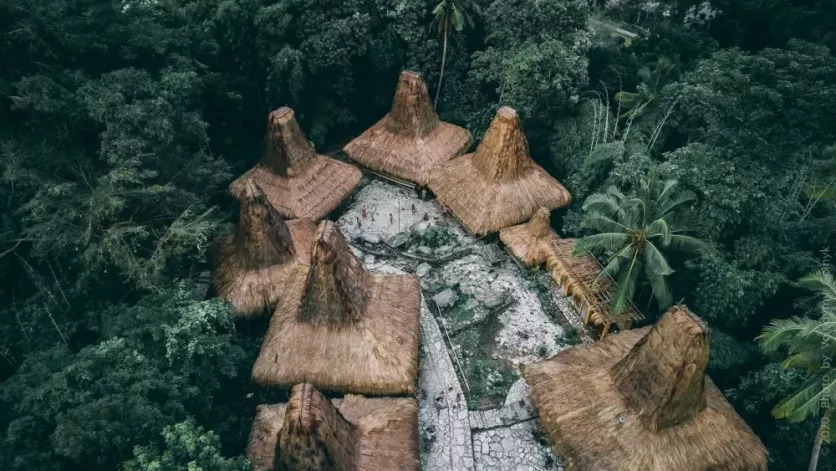
Main Attractions
Kodi
- Rotenggaro Village – Traditional Sumbanese architecture and cultural richness
- Waikuri Lagoon – A natural turquoise pool
- Mandorak Beach – Quiet, remote, and beautiful
West
Sumba (General)
- Waikacura & Lapopu Waterfalls – Great for nature lovers
- Tarung & Prai Ijing Villages – Known for traditional houses and cultural heritage
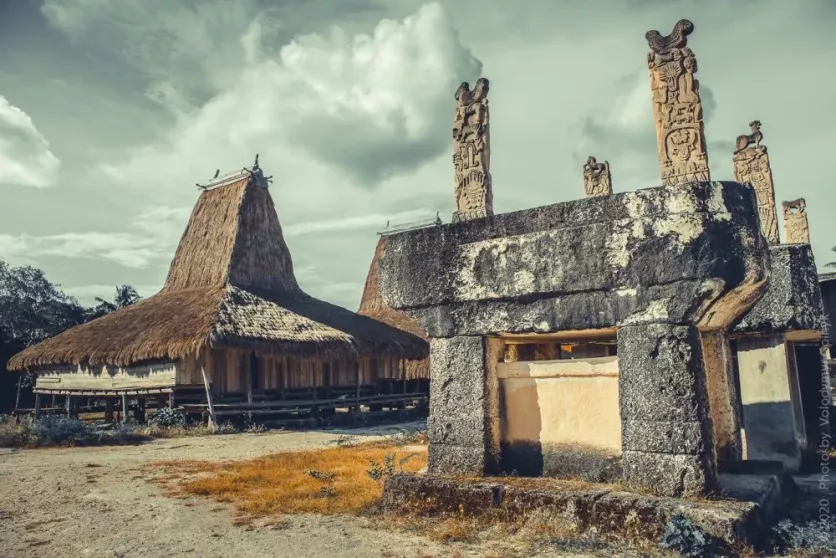
Accommodation
Sumba has seen a small wave of hotel openings
during the pandemic, but it's important to understand the island’s
infrastructure:
- Hotels are typically either very basic or luxuriously expensive—there's little in between.
- Power outages are frequent. Many hotels rely on generators.
- Only hotels marked with price of +++ or greater offer:
- Hot water
- Air conditioning
- Private bathrooms
- Wi-Fi
- Non-Indonesian breakfasts
🏨 Note: This list does not include
hotels located in the towns of Tambolaka and Waikabubak.
Region | Hotel | Beach | Serfing | Price | Hotel link |
Lamboya | NIHI | Nihiprivet beach | + | +++++ | |
Lamboya | Alamayah | Kerewei | + | ++++ | |
Lamboya | Sanubari | Morosi | + | ++++ | |
Lamboya | Lelewatu | Lelewatu | - | ++++ | |
Lamboya | The Sanubari | Morosi | + | ++++ | |
Lamboya | Sumba beach house | Kerewei | + | +++ | |
Lamboya | Sumba surfcamp | Kerewei | + | +++ | |
Lamboya | Musa homestay | Bawa | + | ++ | |
Lamboya | Lambo homestay | 15m. to the beach | + | ++ | |
Lamboya | Sumba Nauti | 5-7m.to the beach | + | ++ | |
Lamboya | Rua beach | Rua | - | +++ | |
Waikabubak | Oro beach | Oro | - | ++ | |
Waikabubak | Bamboo | 5-7minto the beach | - | +++ | |
Waikabubak | Mario hotel | Manang aba | - | ++ | |
Kodi | Pero | Pero | + | + | |
Kodi | Merci homestay | Pero | + | + |
Eastern Sumba
East Sumba stands in stark contrast to the west.
The landscape, villages, and natural surroundings are completely different, offering a unique experience of the island. The regional capital is the city of Waingapu.
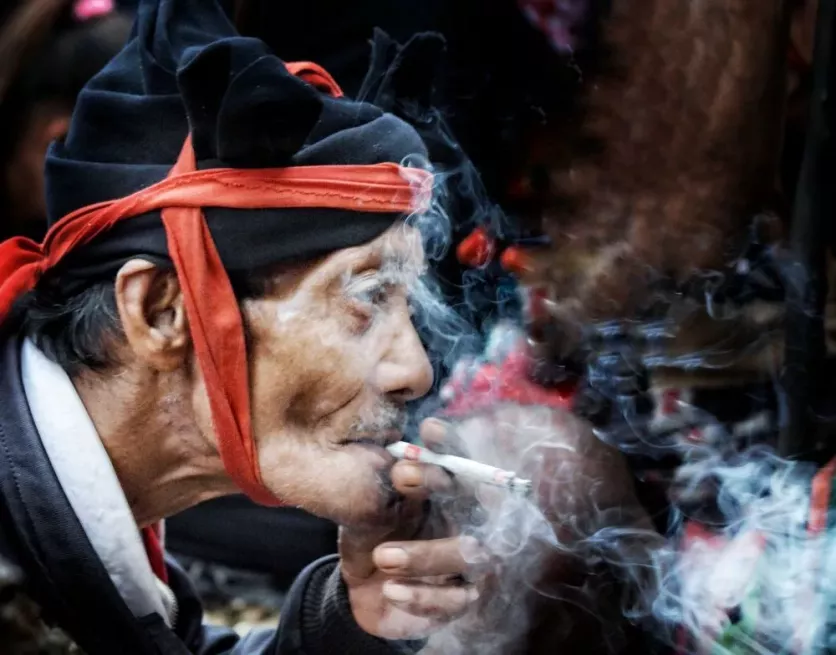
Getting There
The journey from Tambolaka to Waingapu takes
about 4–5 hours via a paved but winding, mountainous road.
Travel
Options:
- Private car with driver: ~1 million IDR
- Shared taxi: ~200,000 IDR per person (with 3–4 other passengers)
- Bus: Departs twice daily from Sinar Tambolaka Hotel at 8:00 AM and 1:00 PM, with a stop in Waikabubak. The trip takes 5–6 hours.
You can also travel directly from Waikabubak to
Waingapu:
- Private car with driver: ~1 million IDR
- Shared taxi: ~150,000 IDR per person
- Bus: Same schedule as above. The bus stops in Waikabubak about an hour after departure and takes 4–5 hours total.
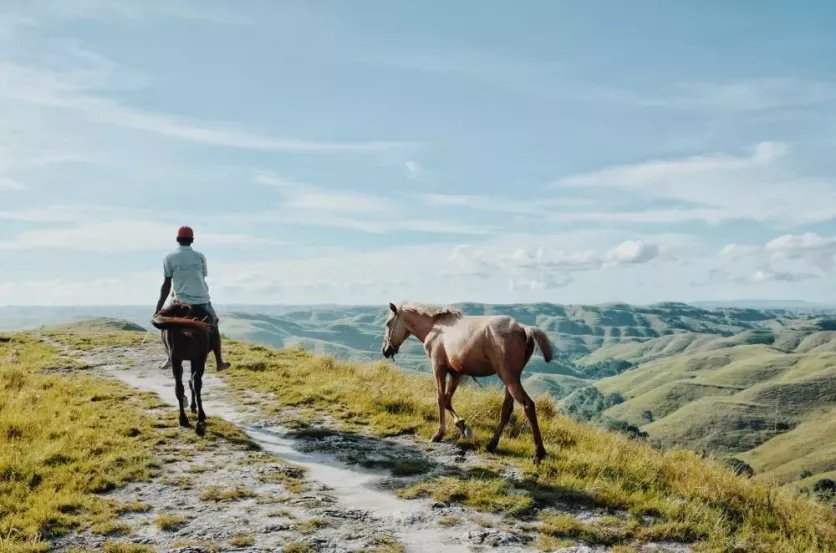
Local Transport
At Waingapu Airport, you might find
motorbike rental offers—but it’s not guaranteed. A more reliable option is to
rent from hotels in the city:
- Motorbike: ~150,000 IDR/day (passport copy required)
- Car with driver: 700,000–900,000 IDR/day (plus meals for the driver)
Finding rental cars without a driver can be
difficult. There’s also the option of renting a jeep with a rooftop tent
from Sumba Rent Car—prices vary.
Where to Eat
Waingapu offers a modest selection of restaurants:
- Local warungs serve Masakan Padang (pre-cooked Indonesian dishes—flavorful and affordable).
- Indonesian bakeries are also available.
For something more modern:
- PC Corner and La Paranda offer updated interiors and café vibes, though the food is average.
At Walakiri Beach, you can enjoy a fresh
seafood dinner. Dishes take time to prepare but are delicious and mild in
flavor (they can cook without spices). Meals typically include fish,
rice, and spinach.
Main Attractions
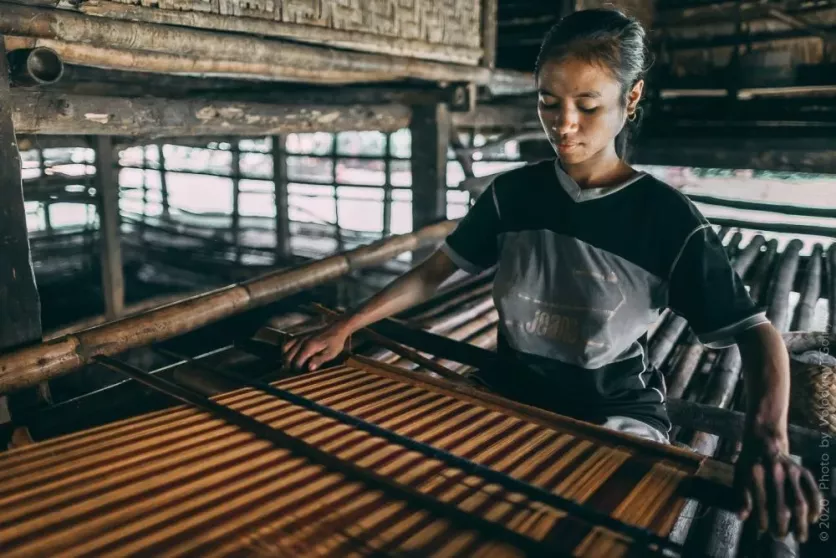
- Traditional Villages: Prailiu and Praiyawang
- Beaches: Puru Kambera and Walakiri
- Scenic Hills: Wairinding and Tanarara
- Waterfalls: Tanggedu and Waimarang
Accommodation
Mid-range hotels in East Sumba tend to offer better value than those in the west.
However, if you're looking for luxury villas or 4–5 star hotels, options
are more limited and less refined here.
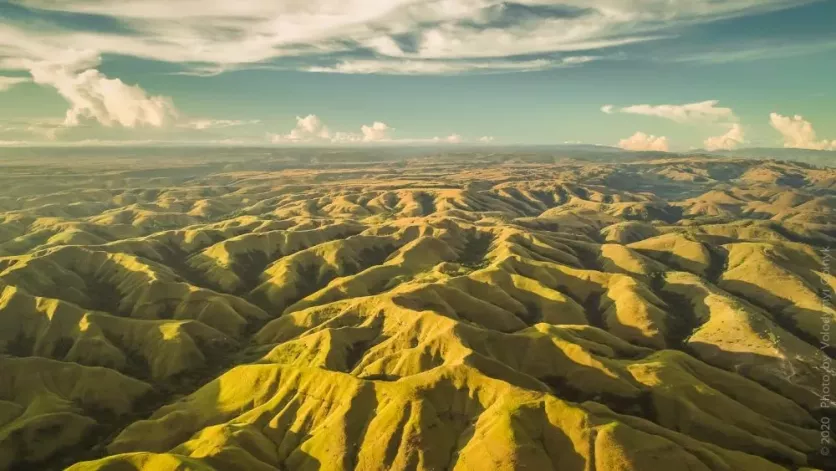
A recent and notable addition is Camp Tarimbang - a beachfront
camp at Tarimbang Beach, which offers a more immersive nature experience.
🏨 Note: Hotels in the city of Waingapu
are not listed here.
Hotel | Location | Price | Hotel link |
Wera beach | Beach | +++ | |
Morinda hills | Hills | ++ | |
Tanoma beach resort | Beach | +++ | |
Camp tarimbang | Beach | +++ |
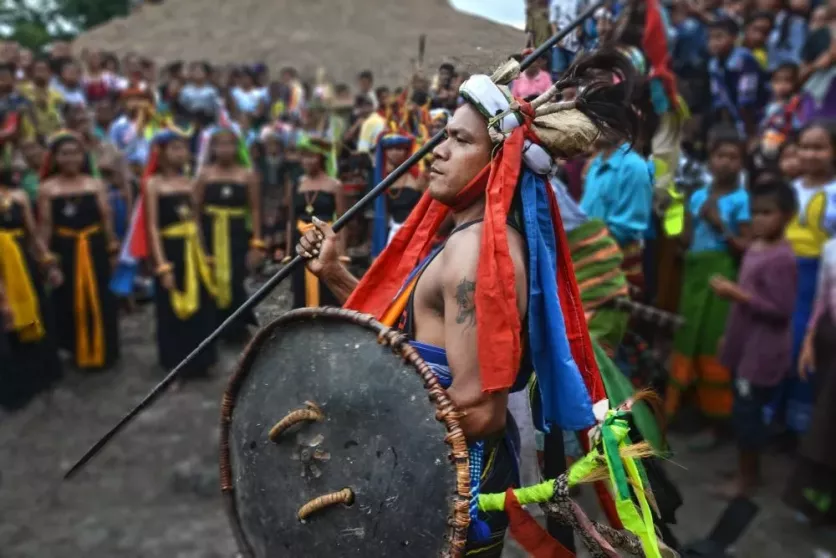
You can add one right now!